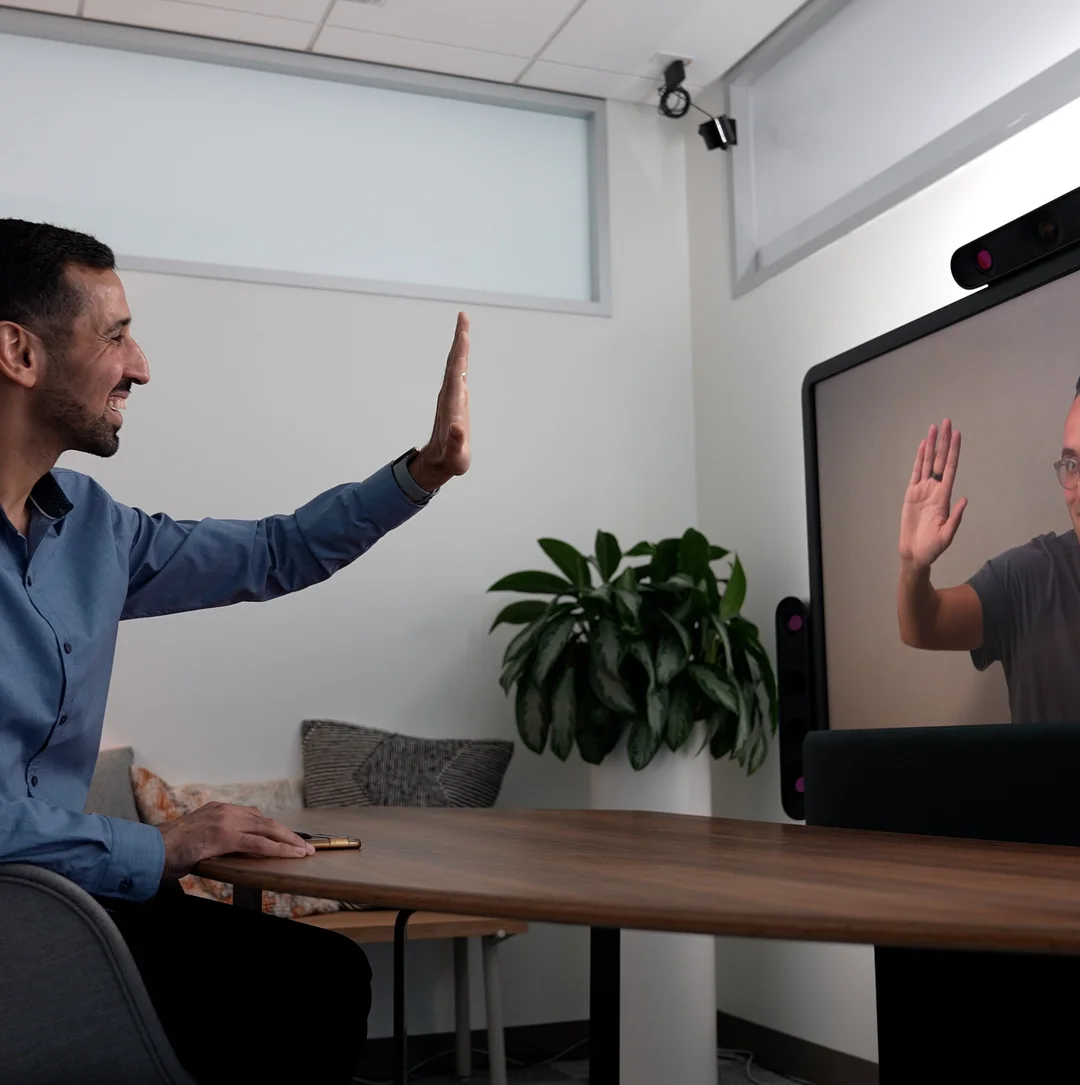
Google Beam: The Future of Virtual Meetings is Here, But Is It for You?
Remember the days of awkward Zoom calls and constant "Can you hear me?" moments? Google is aiming to revolutionize virtual meetings with Google Beam, formerly known as Project Starline. This AI-powered 3D video conferencing system promises a more realistic and engaging experience, but is it truly the future of remote collaboration?

Google Beam utilizes a light field display and an array of six cameras to create a volumetric, real-time 3D representation of the person on the other end. No more headsets or awkward glasses; just a specialized display and a powerful AI model working in the background. According to Andrew Nartker, the project’s general manager, the focus isn't on individual devices, it's on the infrastructure: "The point is that we can beam things anywhere we need to with the infrastructure that we built."
The technology has evolved significantly since its initial unveiling. Early prototypes were bulky and relied heavily on local computing power. Now, thanks to a custom AI video model, the majority of the processing is handled in the cloud, allowing for a simpler and more affordable hardware design. Hewlett Packard (HP) is partnering with Google to bring the first Beam device to market.
During a demo, the improved attentiveness and engagement were noticeable. "We’ve done rigorous studies that show people feel a stronger sense of attentiveness after using Beam," explains Jason Lawrence, head of engineering and research. "They remember more of their conversations. They tend to be more animated. We see more nonverbal behaviors."
Users found themselves naturally leaning into conversations, establishing better eye contact, and experiencing a stronger sense of presence. The spatial audio and vibrant colors further enhanced the immersive experience

Google is also exploring features like screen mirroring and live translation to further enhance the usability of Beam. Currently limited to one-on-one calls, group calling functionalities are planned for a future release.
While the potential of Google Beam is undeniable, its accessibility remains a concern. Initially, Beam will be targeted towards enterprise clients, with companies like Salesforce, Deloitte, and Duolingo already committed to installing units in their offices. The biggest challenge might be convincing people, even with superior tech, to opt into more intense virtual presences. Are we truly ready for a virtual meeting experience that feels *too* real?
Ultimately, Google's long-term vision is to bring Beam into homes, but for now, it represents a significant step forward in making remote meetings less painful and more engaging. What features would make Beam a must-have for your home or office? Share your thoughts in the comments below!